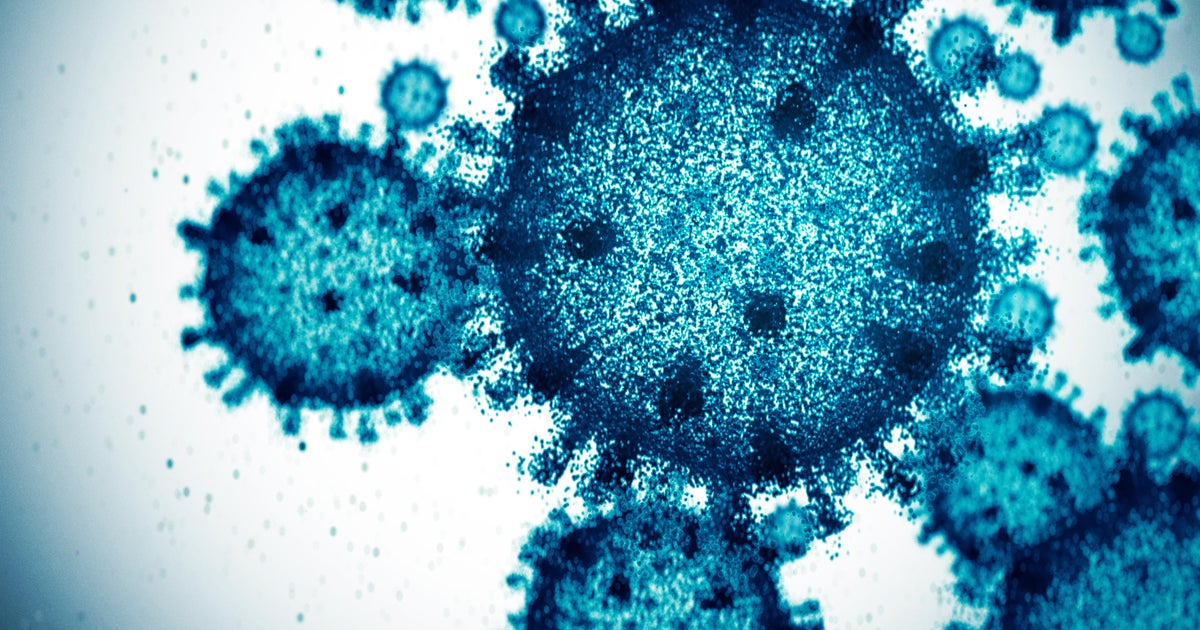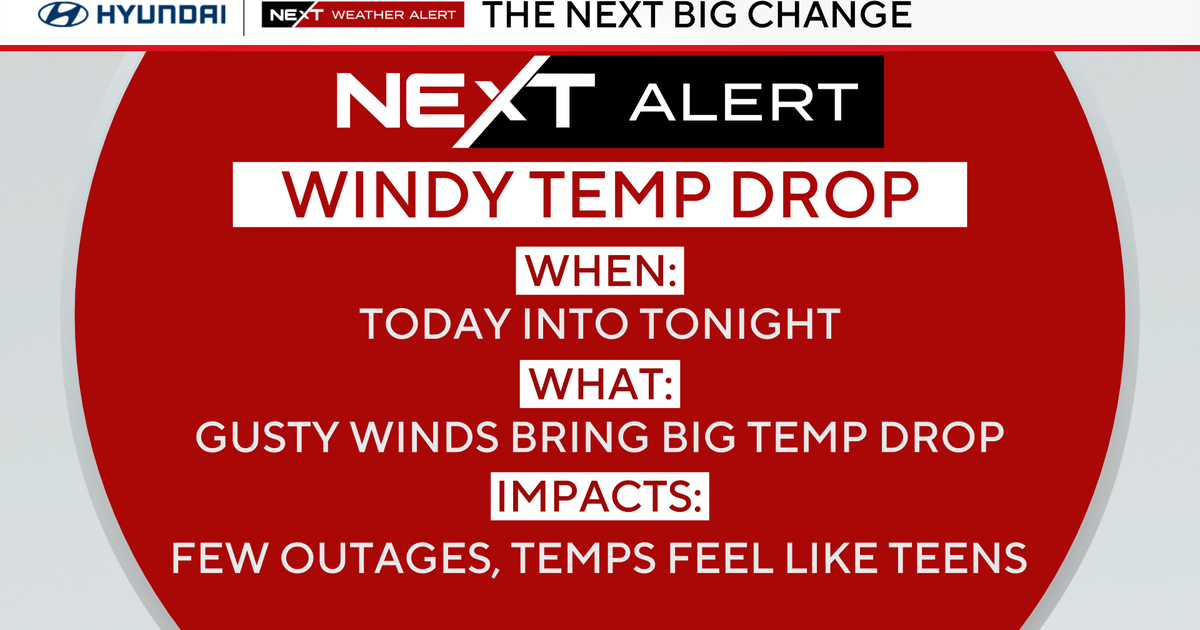Omicron BA.2 subvariant now nearly a quarter of new COVID cases in U.S., CDC estimates
The BA.2 sub-lineage of the Omicron variant now makes up nearly a quarter of new COVID-19 infections nationwide, the Centers for Disease Control and Prevention estimated Tuesday, up from around 1 in 10 new cases just a week prior.
Since January, Omicron has made up virtually all new infections in the U.S. Like in many countries abroad, most cases in the U.S. had been caused by a sub-lineage of Omicron known as BA.1. But while both BA.1 and BA.2 can be traced back to some of the earliest samples gathered of Omicron, BA.2 has only recently begun to climb in prevalence.
BA.2's prevalence is the highest in the Northeast, according to the CDC's "Nowcast" estimates published Tuesday. In the region spanning New York and New Jersey, the agency estimates 39.0% of circulating viruses are BA.2. In New England, prevalence of BA.2 is at 38.6%.
The new estimates come as the sub-lineage has raised concerns abroad, where it has grown to dominate cases reported worldwide — including in countries that are now facing a renewed surge of infections just as they had moved to lift many of their pandemic restrictions.
In China, authorities have moved to reimpose strict lockdowns to curb BA.2 outbreaks in several cities.
However, the increase in BA.2's proportion in the U.S. comes as the CDC has continued to track a nationwide slowdown in the pace of new COVID-19 hospitalizations and cases.
Those trends appear to hold true even in the regions with the highest share of BA.2 cases, though early-warning data gathered by the agency from wastewater samples does suggest some communities might soon see an uptick.
"Although the proportion of infections with BA.2 is increasing in the U.S., COVID-19 cases are now declining, so it is likely that absolute numbers of BA.2 infections are not increasing as quickly as they might seem from just looking at the proportion that are BA.2," Dr. Deborah Dowell, the CDC's chief medical officer for the agency's COVID-19 response, said over the weekend.
Dowell, speaking at a webinar hosted by the Infectious Diseases Society of America, said a key difference between BA.1 and BA.2 had enabled some researchers to "quickly differentiate these sub-lineages."
Like the Alpha variant, which emerged in 2020, BA.1's mutations had led to an error in some COVID-19 tests. This "S-gene target failure," which most Delta variant cases had not caused, helped authorities quickly distinguish Omicron cases and estimate the speed of Omicron's initial rise at the time.
BA.2 does not cause the same failure, resulting in some misleadingly nicknaming it a "stealth variant." However, after BA.1 had reached virtually 100% of new infections earlier this year, the same difference is actually helping researchers rapidly analyze BA.2's rise.
"Although BA.2 does seem to be growing as a proportion of sub-lineages in the United States, it's not nearly as quickly as we've seen in some other countries. The doubling time in the United States actually seems to be slowing down," said Dowell.
Using S-gene target failure in the United Kingdom, health authorities recently estimated that BA.2 was now the majority of new infections in most parts of the country.
"The speculation I've seen is that it may extend the curve going down of case rates of Omicron, but is unlikely to cause another surge the way we've seen, that we saw initially with Omicron," Dowell added later.
Why federal health officials say BA.2 is "high on our radar"
Preliminary research overseas, including from Qatar and Denmark, suggest that BA.2 is unlikely to cause many reinfections of people who survived a case of BA.1 earlier in the Omicron wave. Early findings out of South Africa and the United Kingdom also suggest the BA.2 variant appears to pose about the same risk of severe disease or evading the protection of vaccines, compared to BA.1.
Citing these similarities, the World Health Organization said late last month that it would continue to group both BA.1 and BA.2 together as a single variant of concern.
However, tracking the spread of BA.2 is important in part because it could significantly change some of the options doctors have to treat the most vulnerable COVID-19 patients.
A rise in BA.2's prevalence could be a boon for those scrambling for courses of Evusheld, an antibody drug manufactured by AstraZeneca to protect immunocompromised Americans. While BA.2 appears to retain "near-full susceptibility" to Evusheld, the Food and Drug Administration recently warned that doses would need to be doubled to protect against BA.1.
However, a surge in BA.2 cases could sideline sotrovimab, a monoclonal antibody drug produced by GlaxoSmithKline and Vir Biotechnology. Early laboratory studies suggest BA.2 could significantly reduce the effectiveness of the treatment.
"BA.2 is high on our radar," Dr. Derek Eisnor, the federal official charged with leading the distribution of COVID-19 drugs at the Department of Health and Human Services, told a webinar last month.
Eisnor acknowledged the "Achilles heel" new variants pose to monoclonal antibody treatments, but pointed to other options — like the COVID-19 antivirals pills from Pfizer and Merck — which so far appear to remain effective at treating BA.2 infections.
"I think in the future, where we may be handicapped with some of our [monoclonal antibodies] becoming inefficacious and again being on pause, or having to be limited in their use, this is where our oral antivirals can really shine and hopefully that helps a little bit," said Eisnor.





